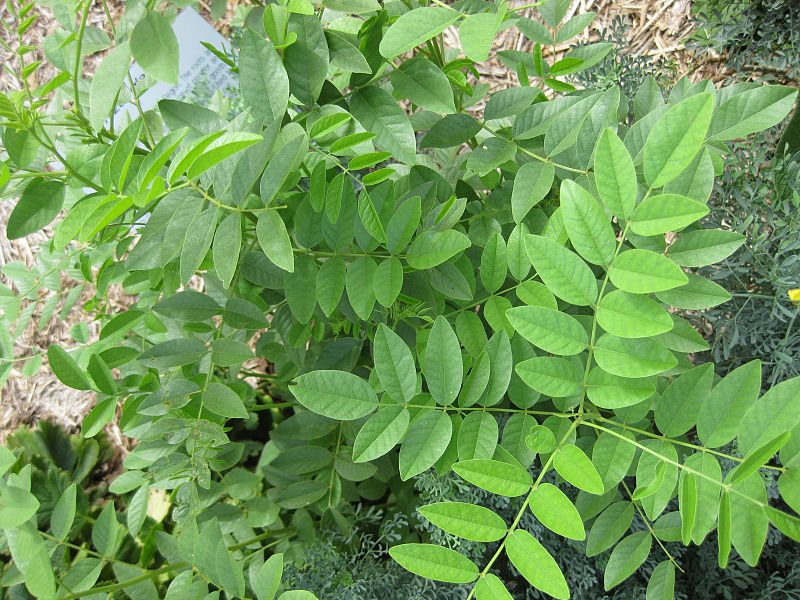Interactions
Nitrogen fixationPlants known as legumes have the ability to fix nitrogen with the help of a symbiotic relationship with the help of a bacteria known as Rhizobium. This bacteria can be found growing in the roots of the plants that are "infected" with the bacteria. The bacteria fixes nitrogen for the plant, and in turn the plant provides carbon. The symbiotic relationship benefits both organisms and greatly helps to increase the growth and productivity of each.
Some other examples of plants that use bacteria to acquire nitrogen are peanuts, soybeans, alfalfa, garden peas and the velvet bean. The nitrogen these plants require to grow and reproduce can be in limited usable amounts in the areas they grow. With the help of this bacteria, they can gain access to atmospheric nitrogen that other plants are unable to use.
Humans and glycyrrhizic acid
Due to the sweetness of glycyrrhizic acid, it is used in several products made by humans. An example of this is with tobacco based products. This gives the tobacco a more sweet and desirable flavor for some people. Licorice can also be used to flavor drinks like tea, similar in the way someone would use peppermint or wormseed. While the flavor of these products can be greatly enhanced with the use of glycyrrhizic acid, precautions must be taken in order to not consume too much of the acid. To learn about more uses of licorice and in what doses it should be taken in, visit Medicinal Properties.
Home
